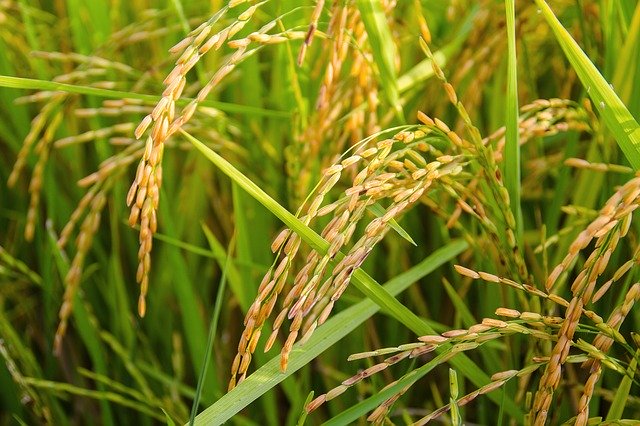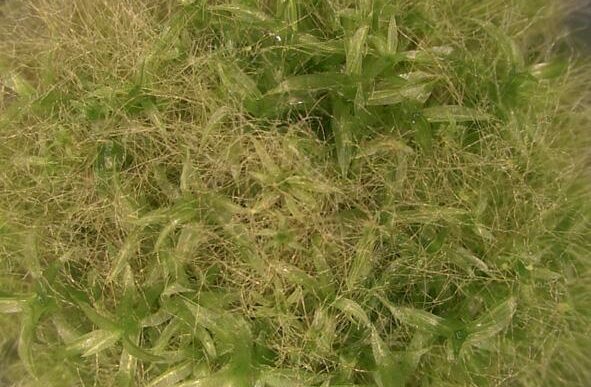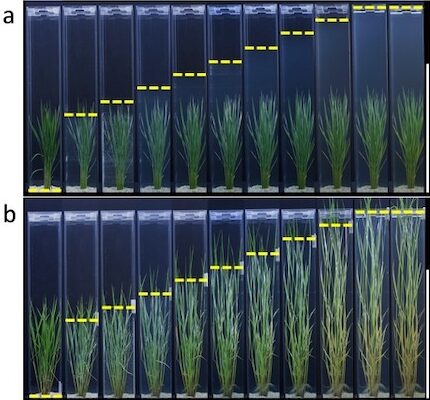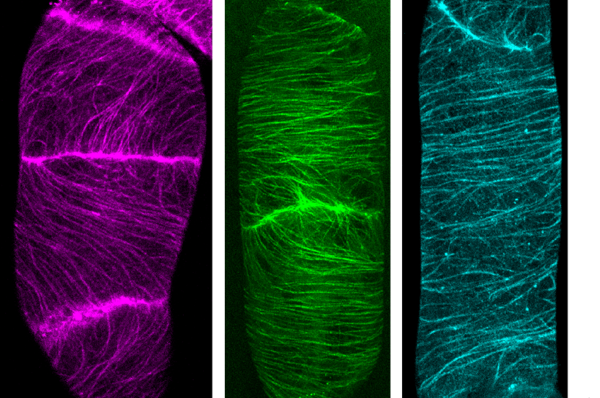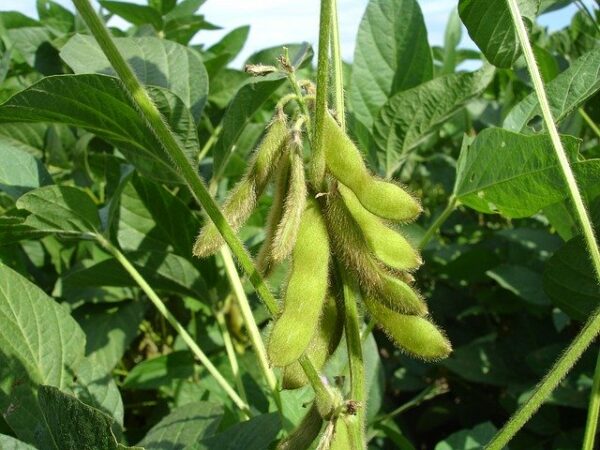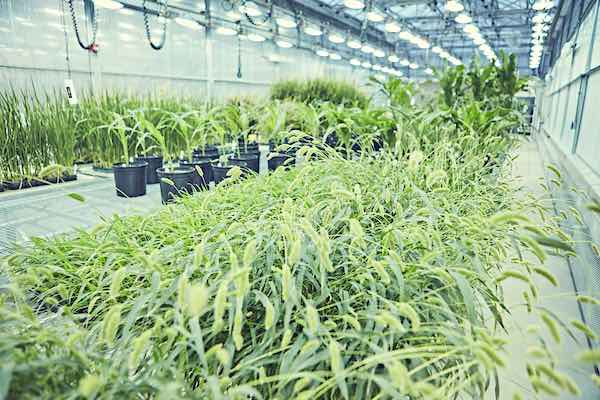
Researchers generated genome sequences for nearly 600 green millet plants and released a very high quality reference S. viridis genome sequence. Analysis of these plant genome sequences also led researchers to identify a gene related to seed dispersal in wild…
Read More


